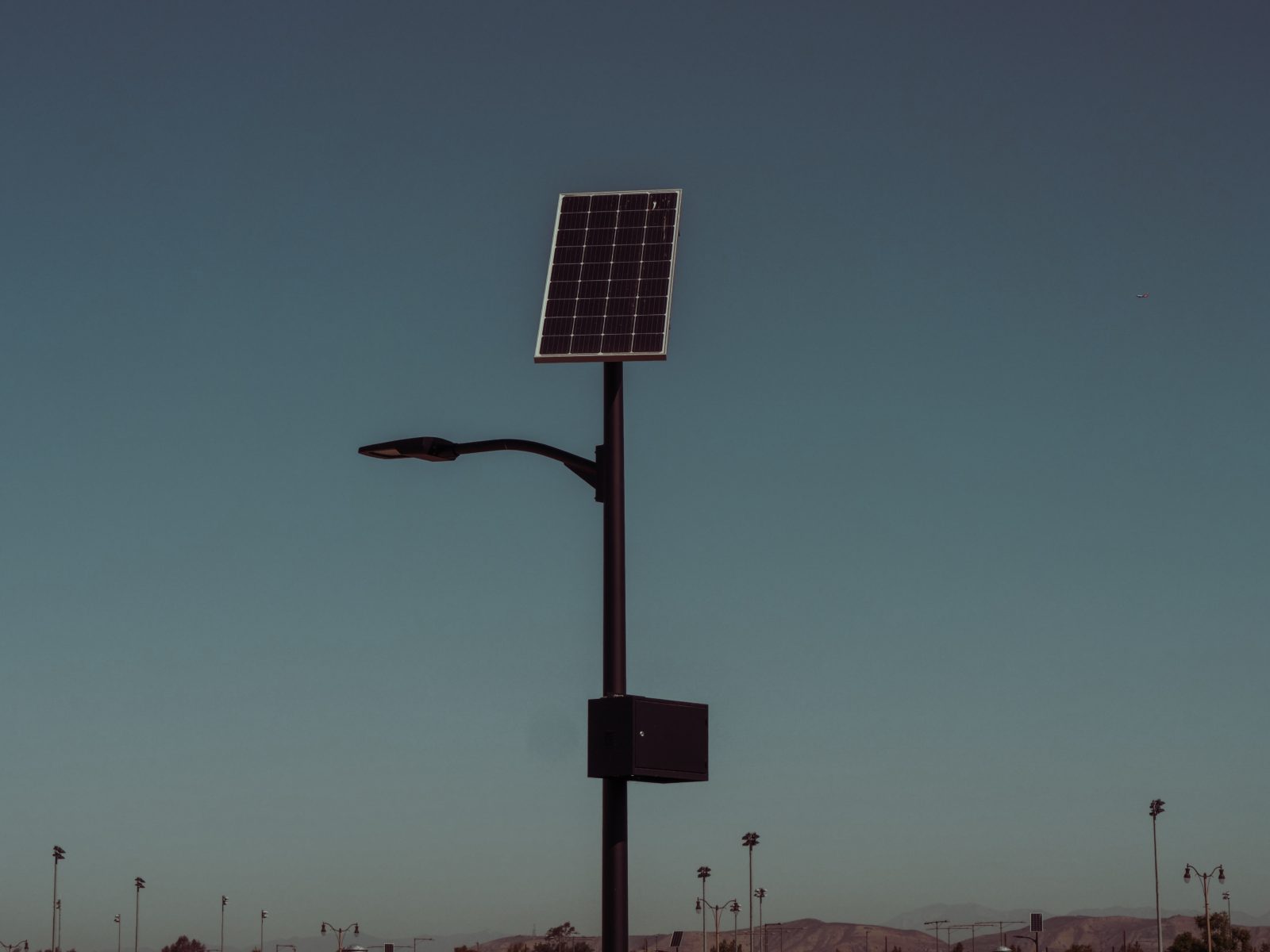Households in apartments or houses can save on energy costs with photovoltaics, which they can install themselves typically on the balcony. The equipment can be purchased for a few thousand crowns in stores. However, the system has several limitations. Several thousand crowns can be saved per year by using this method.
The installation’s orientation and the panels’ tilt affect the return on investment. For example, a 400-watt system in Brno with a south-facing orientation can produce up to 500 kilowatt-hours of electricity annually,” said Michal Marček from Maycon.
This represents a savings of more than CZK 3,400 per year at the total cost of one kilowatt-hour of electricity with a one-year fix at E.ON.
Maycon offers the 400-watt system at a purchase price of CZK 13,000, so the investment would be returned in about four years.
According to Marček, Maycon sells only dozens of balcony photovoltaics monthly in the Czech Republic. Datart, which has been offering these power plants for three months, has so far delivered only a few pieces, according to Tomáš Krňávek, head of the company’s accessories department.
The reasons may be the limitations of such a “domestic” installation. First, overflows are not allowed with such a mechanism, so it is necessary to ensure that the household has a steady electricity consumption during production, such as water heating in a boiler.
However, this is not a big problem. Krňávek estimates that only the operation of a refrigerator, Wi-Fi router, and devices in standby mode in an average household reaches a permanent power consumption of 100 to 300 watts.
In addition, overflows to the transmission network, which would be an unauthorized supply to the distribution system, can be easily prevented technically.
“Our solution ensures this with a relay that can disconnect the photovoltaics as soon as there is no consumption. So, if you have a device with consumption, for example, 500 watts on, and you are also producing 400 watts, there can be no overflow. And when the device is turned off, the relay disconnects the photovoltaics,” explained Marček.
The following steps are necessary if the applicant for a balcony photovoltaic lives in an apartment building:
- They must have the consent of the cooperative or SVJ for its installation.
- It is also necessary to inform the electricity distributor. Suppose the sum of the performances of individual panels exceeds the set limit. In that case, a new contract or an addendum to the existing one should be concluded with the distributor, according to Michal Kebort, a spokesman for the Energy Regulatory Office.
An electrometer replacement may be required. However, the distributor will do this for free, according to Michal Marček.
It is worth noting that such small power plants do not qualify for state subsidies, as is the case with rooftop photovoltaic installations.
Relay companies offer CZK 1,490, which people must buy for their system if they do not have a household consumption higher than the installed photovoltaic power.
“Only an electrician can install the relay,” added Marček. Any excess production can also be stored in a battery. It is also important to note that people can only install systems connected directly to a socket cable. Otherwise, an electrician must connect the system.
If someone operated a power plant without notifying the distributor with an old electrometer and sent overflows to the network, the old electrometer would count them as consumption, and people would have to pay for it as consumed electricity.





